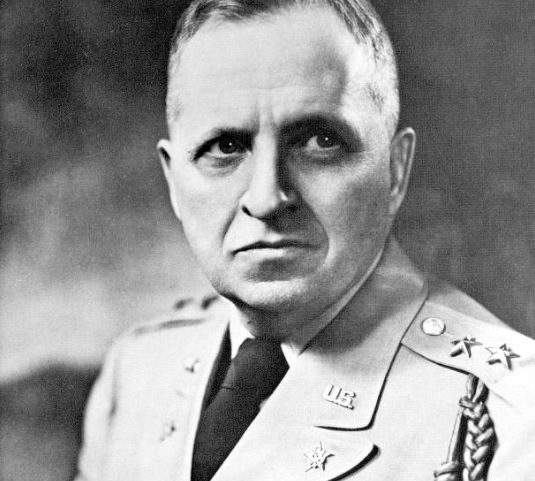By Larry Penner
It is about 70 years since the TV dinner was supposedly invented by Gerry Thomas.
His employer, Swanson & Son, overestimated the demand for Thanksgiving turkey in 1953. They were stuck with 260 tons of frozen turkeys. The birds were stored for many weeks in 10 refrigerated train cars, which traveled back and forth on a train between Nebraska and the East Coast. The train had to be moving so the compressors, which supported the refrigerators preserving the turkeys, could keep working.
In the early 1950s, Thomas observed how airlines provided passengers with meals in aluminum serving trays. He modified this by adding separate sections for the main course, vegetables and potatoes. This resulted in the first Swanson TV dinner.
For only 89 cents, over 25 million were sold in 1954 — the first year of production. Many were consumed by customers watching television, which was also still a relatively new invention in the 1950s. Thomas was the marketing genius for Swanson & Son, who came up with the name TV dinner.
Growing up in the 1960s as a teenager, my dad was a teacher during the day and a high school librarian several nights per week. On those evenings, I would have to prepare dinner for my younger sister and me. When we were tired of the local options such as McDonald’s, Wetson’s, pizza or Chinese takeout, TV dinners were a quick solution.
Selections were provided by either Swanson’s, Banquet or Morton’s. They were the big three competitors during that era. The standard choices were chicken, turkey, roast beef or meatloaf, referred to as mystery meat. Cooking time was 30 minutes in the oven as microwaves hadn’t yet been invented.
A real treat in those days was the TV dinners that provided a fourth compartment containing a brownie for dessert. Sometimes two TV dinners were required to satisfy your appetite as the portions were never that big. Recycling was unheard of in those days as millions of aluminum TV dinner plates went straight into the garbage can. I can only imagine today how much space was taken up at the local community landfill site over the decades.
The selection of TV dinners at your local supermarket today is much different from those of past generations. Besides Swanson’s, Banquet and Morton’s, there are many more competitors, such as Healthy Choice, Lean Cuisine, Stouffer’s, Boston Market, Marie Callender’s, Hungry-Man and others. Their various product lines offer far more variety and selections. Far healthier choices are available for today’s generation on the go.
Even during college and post-college bachelor days, TV dinners always found some space in the freezer compartment of my refrigerator.
Lucky for me, my wife Wendy is a great cook, and I’ve learned some skills in the kitchen myself since then.
Conversely, according to the Library of Congress, Betty Cronin, a bacteriologist who was also working for the Swanson brothers at that time, asserts that it was the brothers themselves, Gilbert and Clarke, who came up with the concept of the TV dinner.
However, the United States Postal Service should still consider issuing a stamp for Gerry Thomas and the TV dinner, still American as apple pie some 70 years later.
Larry Penner of Great Neck is a transportation analyst and former director for Federal Transit Administration Region 2.































